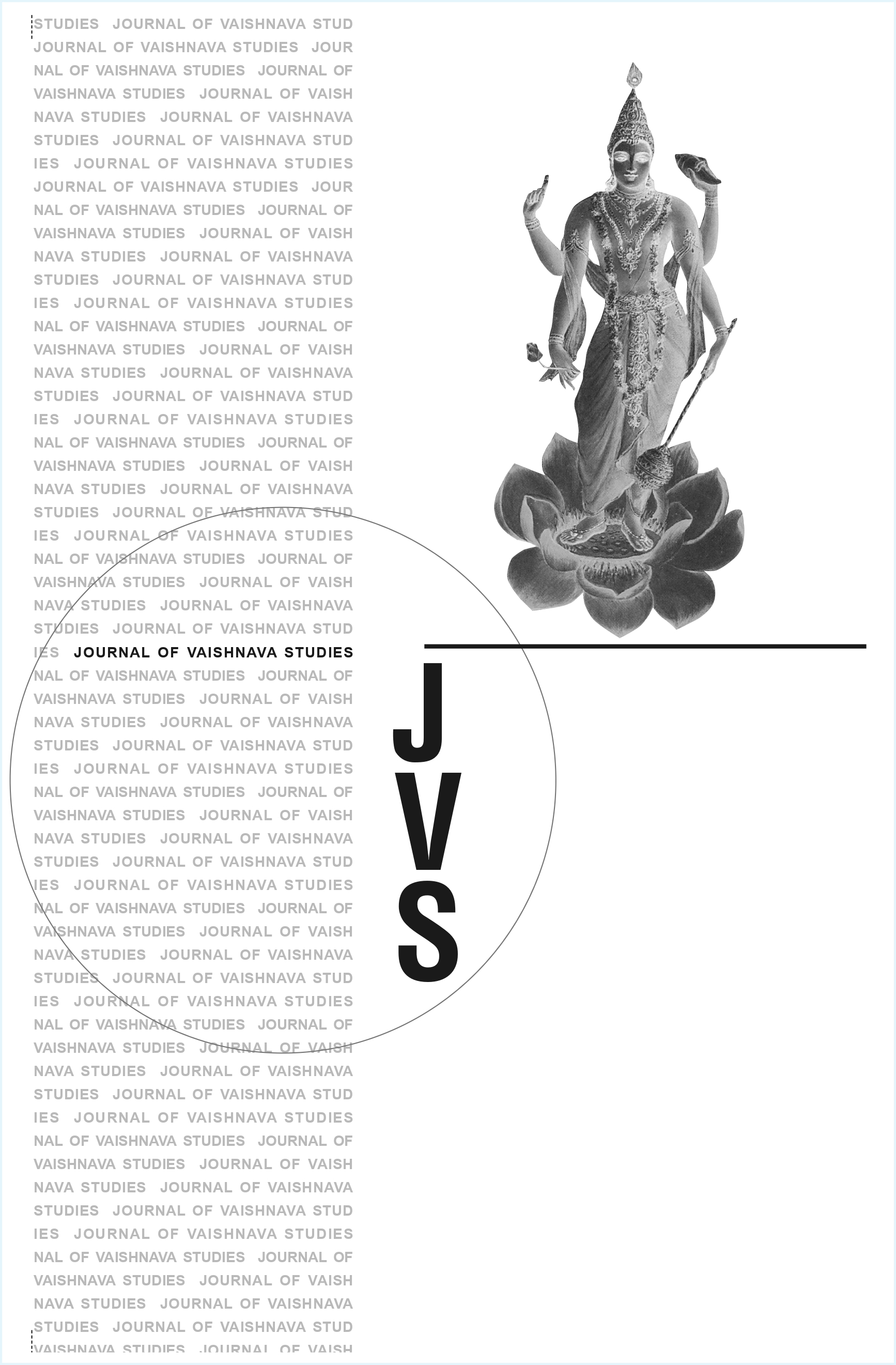The Cosmic Man as Viṣṇu in Ritual Texts
Keywords:
Puruṣa Sūkta, Āg Vidhāna, cosmic man, Viṣṇu, ritual texts, Vedic sacrifice, Vaiṣṇava theology, sacrificial embodiment, Hindu cosmologyAbstract
The article "The Cosmic Man as Viṣṇu in Ritual Texts" by Laurie L. Patton investigates how Vedic and post-Vedic ritual literature recasts the primordial being—puruṣa—as an embodiment of Viṣṇu, thereby establishing a theologically charged axis between sacrifice and cosmology. Drawing primarily from the Āg Vidhāna, Patton explores the practical, liturgical applications of the Puruṣa Sūkta in Vaiṣṇava contexts, emphasizing how Viṣṇu becomes the living ritual body through which the cosmos is structured and sanctified. The study underscores how the metaphysical symbol of the cosmic man evolves from a descriptive mythic figure into a participatory form central to worship and sacrificial embodiment. By examining translational and exegetical developments around the hymn, Patton highlights the ritual imagination through which Viṣṇu’s divinity is enacted within Vedic practice. This approach reveals a dynamic synthesis of cosmology, ritual, and bhakti ideology, enabling Viṣṇu to serve as both the object and vehicle of sacrificial transformation.Published
2006-12-13
Issue
Section
Articles





